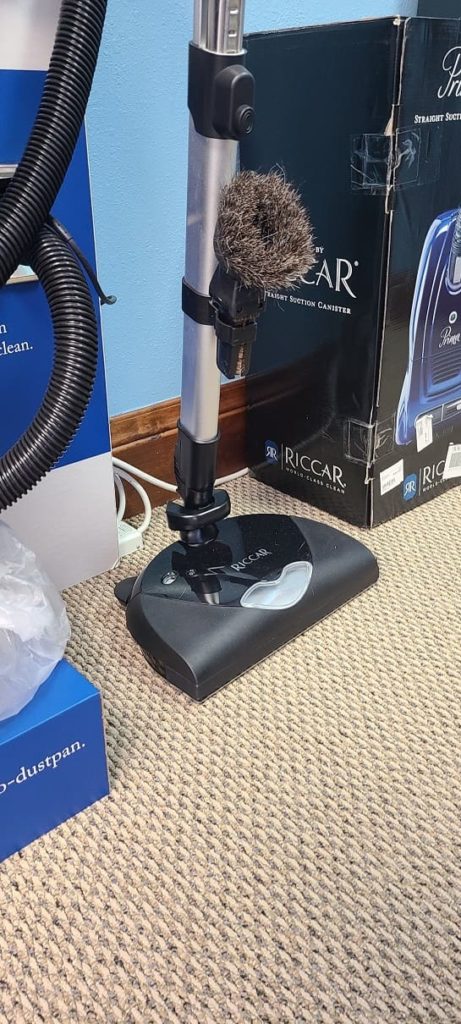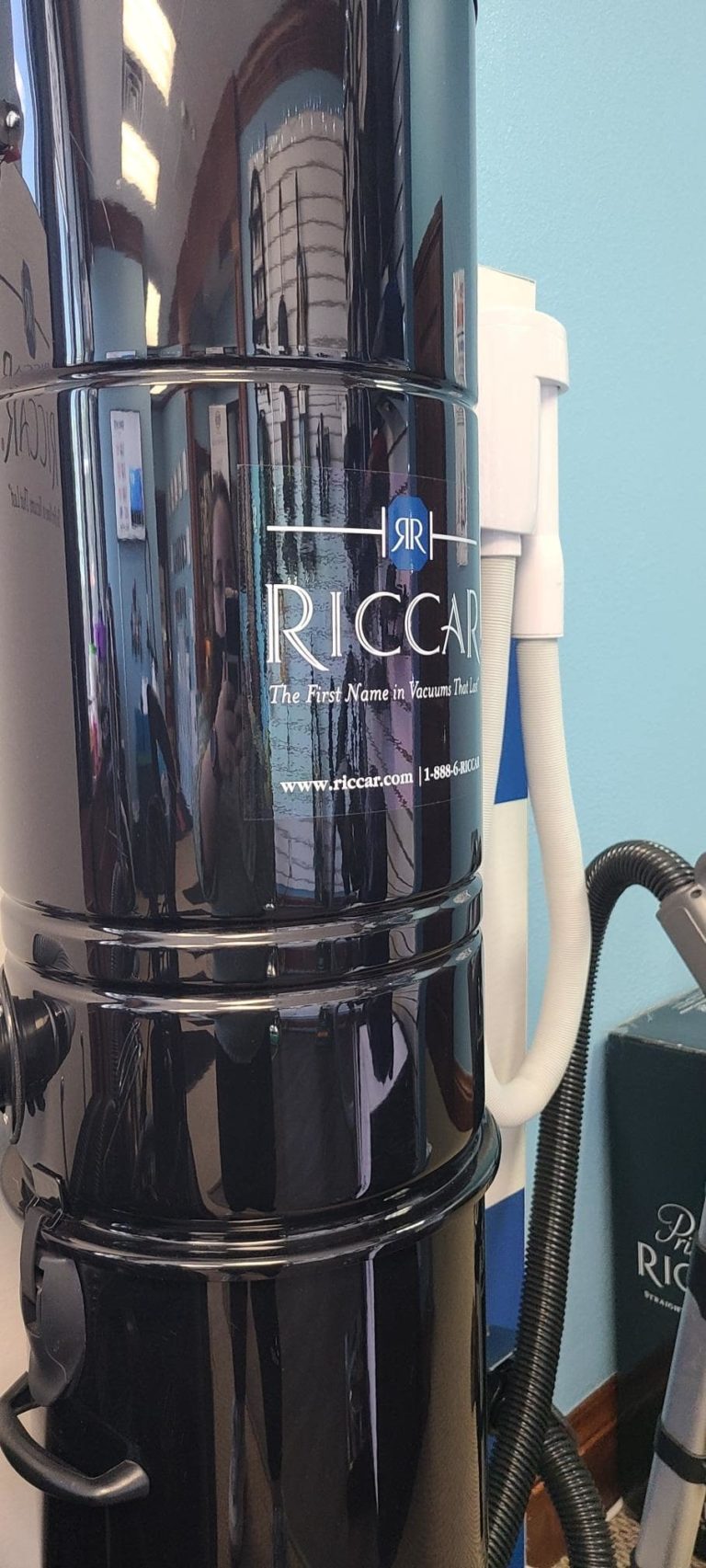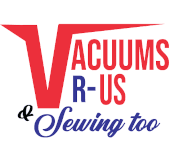Central Vacuum Repair And Maintenance Services in Boulder
As everyday life becomes intolerable each passing day, a pile of dirt at the corner of a room might just be enough to blow your fuse. And a central vacuum system may be what prevents that from happening.
A central vacuum system makes life a lot simpler. Long gone are the days where you’ve got to carry around a portable vacuum just to get rid of some dust. With a central vacuum, all you’ve got to do is plug in the hose to an inlet and press a button. And if that seems like too much work, you can even have a retractable hose built into the system.
Regardless, a central vacuum needs regular maintenance to benefit the most from it. It’s recommended that you get it serviced every 4 to 6 months, depending on how often you use it. Apart from regular maintenance, you should also get the central vacuum system examined if you suspect any troubles with it. Most unresolved issues lead to more severe problems if they are not fixed ASAP. And when you get it fixed or maintained, make sure that you employ a trusted and experienced central vacuum service center.
If you need reliable Central Vacuum Repair and Maintenance services in Boulder, we at Vacuums R Us & Sewing Too–Boulder Store are more than qualified to take on the job. With over 18 years of experience working with central vacuums, you can trust us to have the solution for all your central vacuum problems. It’s a bold statement, but that’s just how confident we are. And we also have reviews to back up our claims.
The reason for our confidence is the systematic approach we take in tackling central vacuum repairs. It’s a series of steps that we’ve come up with through trial and error to make sure that no issue in your vacuum unit is overlooked. And today we are going to give you a quick rundown of these steps in this article. However, let’s look at a few common central vacuum issues before that.
Contact us to schedule a house call (303) 455-3096

Common Central Vacuum Issues
While there are countless problems related to central vacuums, the three most common types of issues are ~ Power troubles, Clogs, and Leaks.
Power Troubles
Power troubles are most likely a result of bad wiring and motor failure. Out of all the power-related issues, vacuums that “don’t switch on” and units that “don’t shut down” are the most common in regular households.
A vacuum unit tends to not start up when it’s an issue with the motor. Motors, just like other machinery, wear off with time and require regular maintenance to prolong its life. Luckily, however, a quick motor brush replacement ought to solve the issue. Central vacs also don’t turn on if it’s constantly tripping the MCB (Miniature Circuit Breaker), which happens because of bad wiring. We recommend you leave the electrical works to a professional if that’s the case.
Conversely, central vacuums that stay on result from problems with the circuit board. Solving this problem is also best left to an expert because you might do more harm than good if you are not experienced in electronics.
Clogs
Clogs are quite natural in central vacuums. And they can happen anywhere within the system. The hardest part of clearing a clog is finding its location. Clogs usually result from the accumulation of dirt and dust in the pipes. They can also happen poor suction power as well. The following a few types of clogs you need to look out for:
-Clogs in the hose
-Clogs at the central unit
-Clogs at the interior pipes
Clogs in the hose, close to the inlets, and at the central unit are quite easy to fix, due to accessibility. However, it becomes considerably harder to remove a clog when it’s at the center.
Leaks
Similar to clogs, leaks are a pain to deal with. They are also much more problematic because they reintroduce dirt and dust back into living spaces. Therefore, a substantial leak might render the whole central vac system ineffective. Leaks are a result of damaged pipes. Recent construction, new installations, and pipe adjustments can lead to damaged pipes.
Leaks can also result from bad central vacuum installation practices. One way of figuring out if there are any leaks in the system is by turning on the unit and listening to them. Most household systems are not that complex, so keeping your eyes and ears peeled will help catch any leaks. However, this might not work for large establishments as it’s quite easy for leaks to slip under the radar.
Our Central Vacuum Service Process
Although some of these issues can be fixed alone, they can lead to even greater problems if done wrong. We’ve had clients fry up their whole circuitry just trying to fix minor problems. So unless you are confident, we suggest you let a trained pair of hands deal with most central vac issues.
Over here at Vacuums R Us & Sewing Too–Boulder Store we offer both onsite and in-house central vacuum Repair and Maintenance services depending on the problem. This saves both time and money and leads to a more effective repair/maintenance session. During these sessions, our technicians stick to a strategic plan so that nothing slips past them. A plan that you will have a glimpse of now.
The Trial Run
First up in our checklist is a trial run of the system. The trial run will help us determine the issues your central vacuum system may have through visual and auditory inspection. We note them and will later use this evaluation to compare the system once we are done repairing it. All good repair processes need a point of comparison and this trial run gives us that. It also helps us determine if we did our job right.
Sorting The Wiring
Once we are done with the trial run, we look at the wiring of the system. Especially the low voltage wire and main power cables. We also check the MCBs just in case they are faulty. Further, we keep a lookout for “split wiring”. As stated earlier, this is one of the most common issues that lead to central vacuums not turning on. If we run into split wiring, we will splice them together to ensure continuity.
We will also check for burrs, if possible, along the wire’s path. Burrs and sharp structures can cut into wires in the long run, so we need to deal with them whenever possible.

Central Vacuum Unit Check
After sorting any wiring issues, our specialists move onto inspecting the Central vacuum unit. They are very precise during this step, as the central vacuum unit acts as the brain of the entire system. From the motor control board to the relays, they inspect each element methodically.
This step takes more time, as they need to strip away different components as they work their way inwards towards the machine’s core. At this stage, our technicians might also suggest certain replacements to the motor brushes and transformer coils within the unit. You needn’t worry though, because it’s natural for these parts to wear off with time.
Airflow Analysis
While working with the central unit, our techs will also check its suction power. After all, what good is a central vacuum system if it does not suck right. They’ll check if all the motors run at optimum condition and if the housing has any cracks on it. Cracks on the housing lead to a decrease in pressure which will affect airflow.
Furthermore, they’ll check the voltage levels at the power unit. Low voltages typically result in lower power output. Once they are done examining the central unit for airflow issues, they’ll next check the exhaust ducts. Any clogs here will also impede the suction capability of the system.
Pipe Inspection
Once we are satisfied with the wiring, central vacuum unit, and power flow, we examine the pipes for clogs and leaks. Frankly, this part of the process is the most painful.
The simplicity of the job rests on how easy it is to access the pipes. And that depends on the installation. Although many contractors install central vacuums in a fashion that allows future maintenance and repairs some just make a complete mess out of it. And once the systems pipes are disorganized hunting for leaks and clogs becomes much harder.
Regardless, we’ve had our fair share of maze-like central vac piping, so we will most likely be able to handle it. One method we use to find clogs is by vacuuming numbered styrofoam balls through each inlet. This allows us to figure the inlets and pipes that have clogs in them by counting the balls that reach the central unit.
To find leaks, we usually use a combination of sound, suction power analysis, and lengthwise pipe inspection. But in extreme cases, we resort to soap bubble tests or use an ultrasonic leak detector. Along with the pipe inspection, we also test out the inlets and the hose of the system for any issues.
The Final Run
After fixing any problems seen in the pipes, we give the central unit a thorough wipe. And then run the entire system one last time. At this instance, we compare the central vacuum system’s current state to that we noted at the beginning. Each inlet is re-examined and we use the numbered styrofoam balls again.
Once we are satisfied with the system, you can get back to enjoying a central vacuum that works flawlessly.
While not complete, this is just a glimpse of what we do during our central vacuum repair/maintenance sessions. So if you prefer long-lasting solutions for your central vacuum issues contact us at Vacuums R Us & Sewing Too–Boulder Store right now. We are always thrilled to add another name to our ever-growing list of happy customers.

